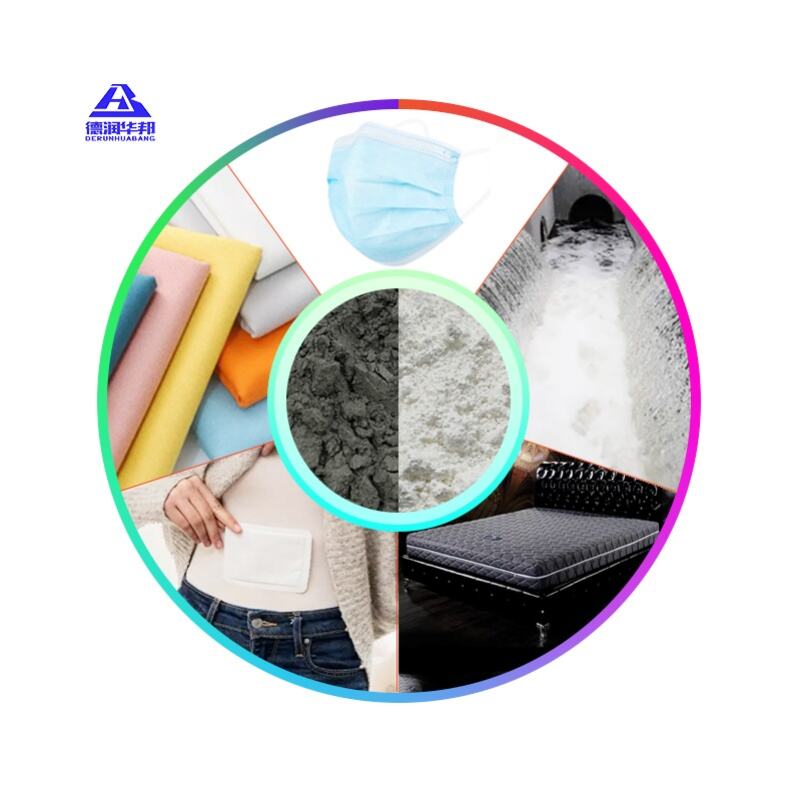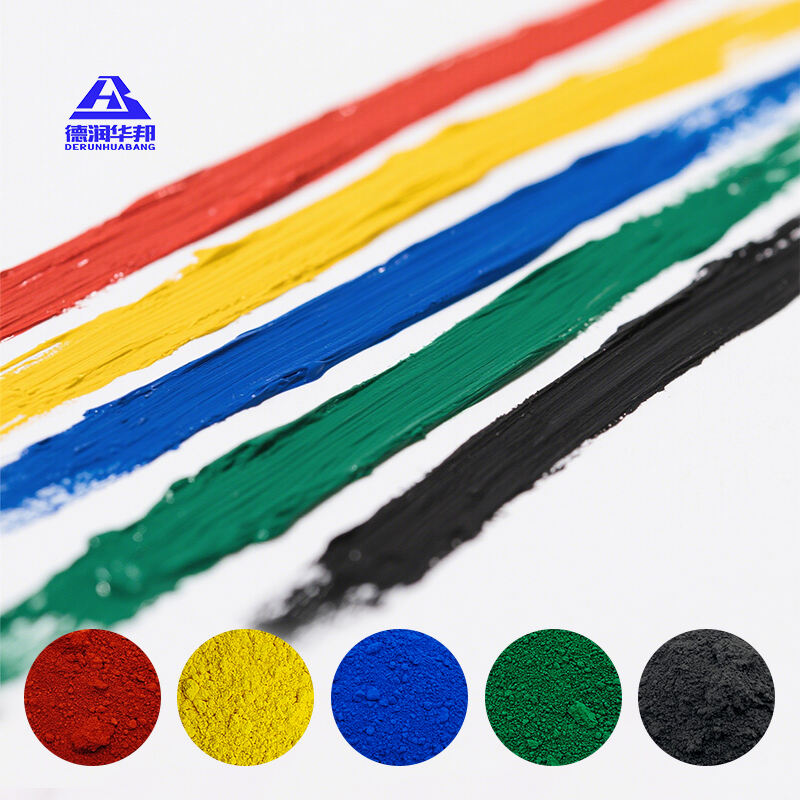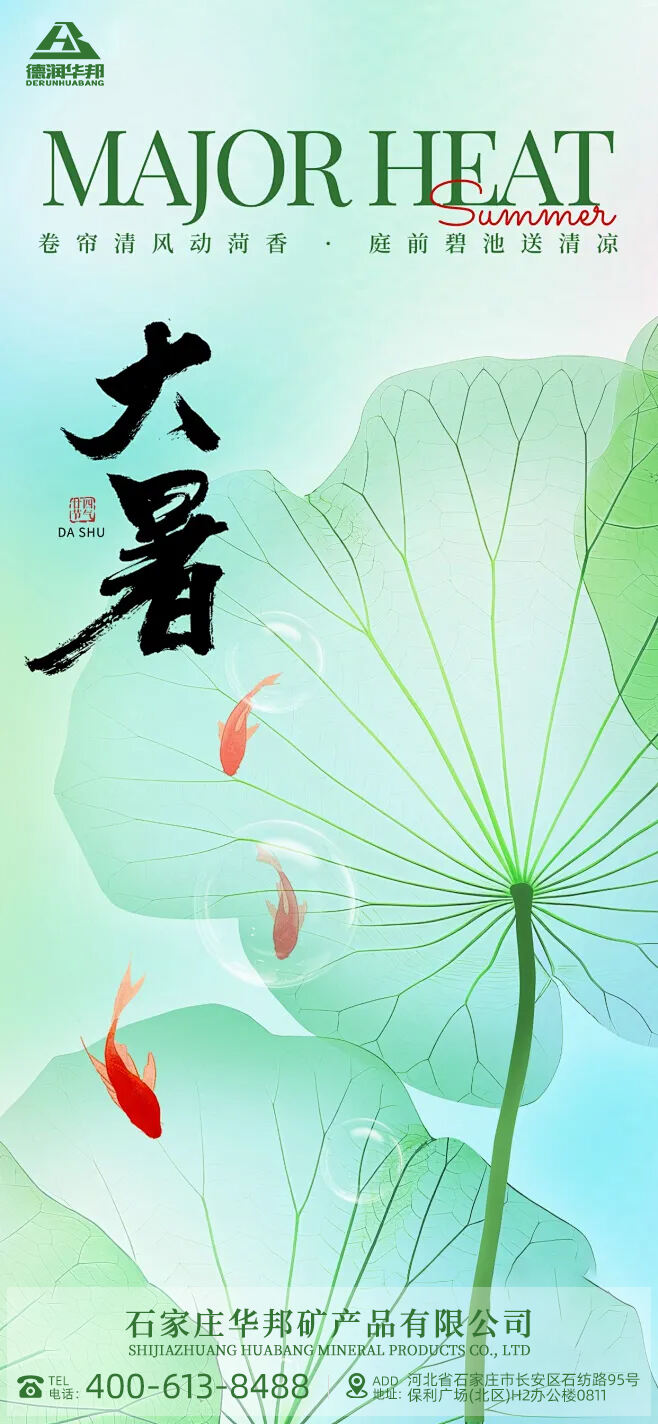 ×
×

Seed starting and propagation are critical stages in plant growth, as the health of seedlings during this period directly affects their overall growth and survival. Using the right growing medium is essential for ensuring strong seedling development ...

Ceramic products like tableware and sanitary ware rely on high-quality glazes to achieve aesthetic appeal and functional performance, but traditional glazes face challenges: poor thermal stability causes cracking during firing, inconsistent color lea...

Wollastonite powder has emerged as a superior reinforcing filler for polypropylene (PP) composites, particularly in automotive component manufacturing, due to its unique acicular structure and exceptional mechanical properties. This naturally occurri...

Iron oxide pigments have become a staple in the construction industry, particularly for concrete coloring, due to their exceptional color fastness, durability, and versatility. These pigments, available in a range of earthy tones from reds and yellow...

Water-based paints have gained widespread adoption in architectural and decorative coatings due to their lower volatile organic compound (VOC) content and reduced environmental impact, but they often lag behind solvent-based alternatives in durabilit...

Wastewater treatment has become a critical concern for industries and municipalities worldwide, with strict regulations governing the discharge of pollutants. Bentonite powder has emerged as an effective and economical treatment agent, leveraging its...

In the rapidly growing field of energy storage, carbon black plays a critical role in battery technology, enhancing electrode conductivity and stability—key factors in improving battery performance and lifespan for industrial and consumer appli...

Within terrestrial and aquatic ecosystems across temperate zones, Great Heat initiates profound biological transformations that test species resilience while accelerating key metabolic processes fundamental to ecological succession. This solar term c...

